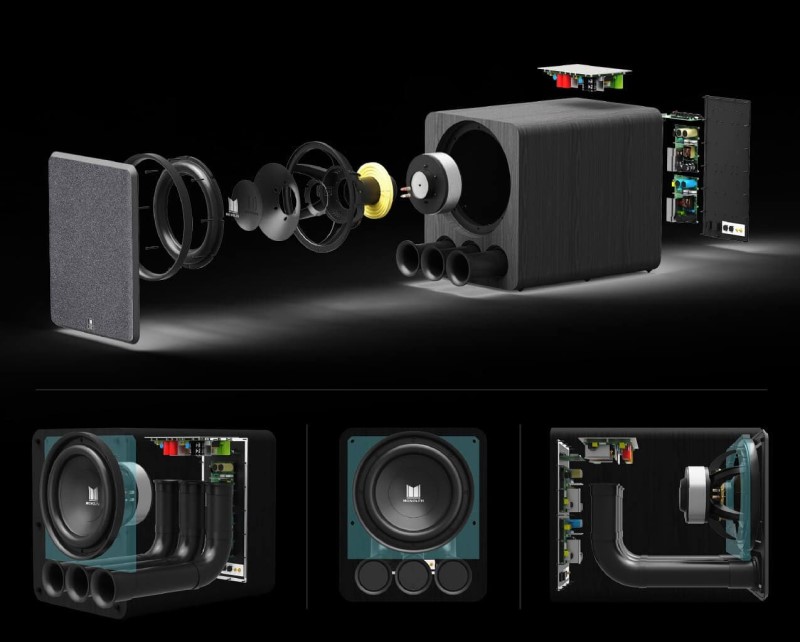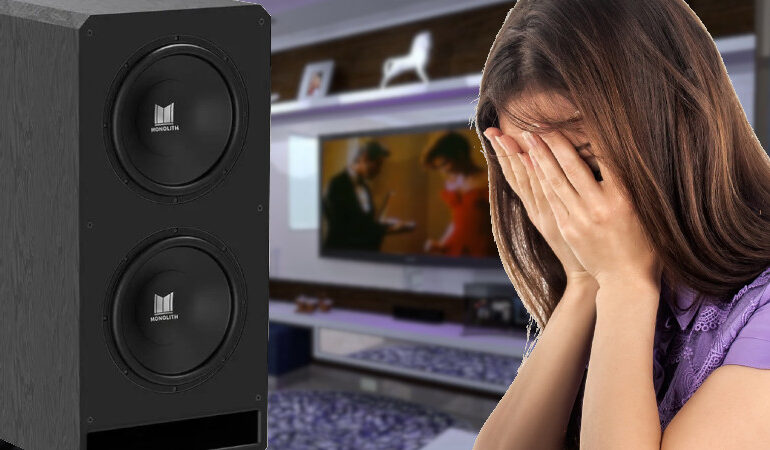Why Did My Old, Crappy Subwoofer Sound Better?
You’ve bought a new, reportedly much more capable subwoofer. You hooked it up and ran your room correction. But it doesn’t have the same boom. Nowhere near the same kick as the old one. The one that everyone told you was less capable and “not a real” subwoofer. Why? How can your new sub sound worse and your old, crappy subwoofer sound better? Let’s discuss!
What it Means to be a Real Subwoofer
When we talk about a “real” subwoofer, we are referring to performance. There are many boxes out there that are marketed as “subwoofers” that don’t recreate all the low frequencies that we can hear. Any box that is labeled “subwoofer” that can’t play notes down to 20Hz is often called a “fake” or “crappy” subwoofer. They may also be called a “bass module.”
When you upgraded, you likely went from a bass module to a full subwoofer. Your new subwoofer not only plays lower, but it is also much less likely to distort or add noise. A crappy subwoofer often adds sounds to your room that were not intended. These sounds take the form of port noise, the driver bottoming out, and boomy response.
That last one, boomy response, will come to play in our explanation as to why you thought your old, crappy subwoofer sounded better.

Noise is Not the Same as Sounds
Your crappy subwoofer often can’t play the lowest notes. But that’s not going to stop it from trying! Instead of playing that note, you hear the driver trying to play the note. This may create the noise of the driver distorting, it may cause air to rush in and out of the port so quickly that it makes a strange sound, or it may just make a sound of the driver reaching its extension creating a clanging noise. Since there are so many other sounds going on, you may not realize that is what is happening. Instead, you just hear it as part of the explosion and think nothing of it.
Non-Linear Response
Your old, crappy subwoofer had a sound. When we say that, we mean that it didn’t play linearly. Let’s take a step back for a moment. Let’s say you are watching a movie and there is a low sound coming from an explosion. Pretty common in today’s action movies. Your source tells your receiver that there is a noise and it should be played by your subwoofer at a certain volume. A linear subwoofer will play that noise, at that volume, for as long as the explosion exists in the movie.
Your old, crappy subwoofer was likely not designed with linearity in mind. It was designed to fit a certain budget, hit a specific (usually very small) size limitation, or look a certain way. The performance of the subwoofer was often a tertiary concern. The source says to play a sound at a certain level but your old, crappy subwoofer instead plays it much softer or much louder. You get used to this “boomy” response and think that this overly loud presentation is how things are supposed to sound.
Different Doesn’t Always Sound Better…at First
The problem with your crappy subwoofer creating sounds rather than playing what is in the movie or music is that the volume of these sounds is uncontrolled. They may (and often are) much louder than what should have been played at that moment. Add to that the boomy response, and you have a sub that is playing sounds at completely incorrect volumes.
When you get your new, more accurate and capable subwoofer hooked up, it sounds quieter. As if it somehow has less bass. That’s not the case at all! Instead, it has more accurate bass! Gone are the non-linear and overly loud notes. Gone are the noises and distortion. Clean, accurate bass is there when you need it and gone when it isn’t. Yes, it sounds different. At first, you may think it sounds worse. But give it some time. Soon you’ll realize that the accurate bass is actually much better. You’ll just have to retrain your brain a bit.


